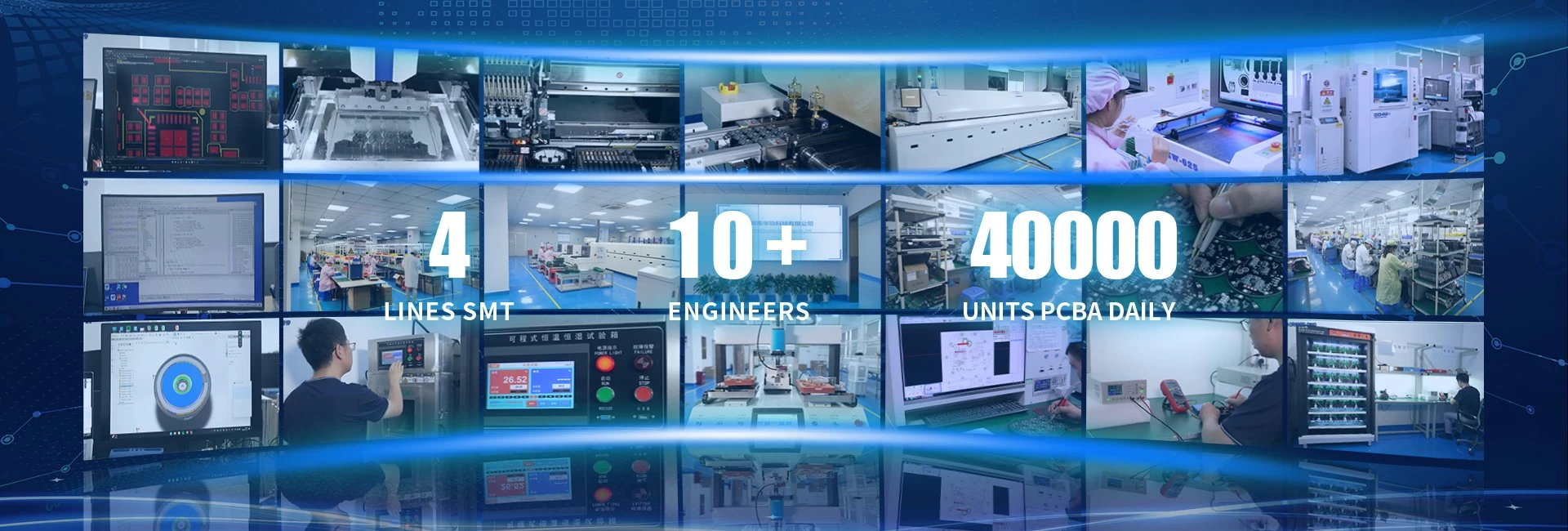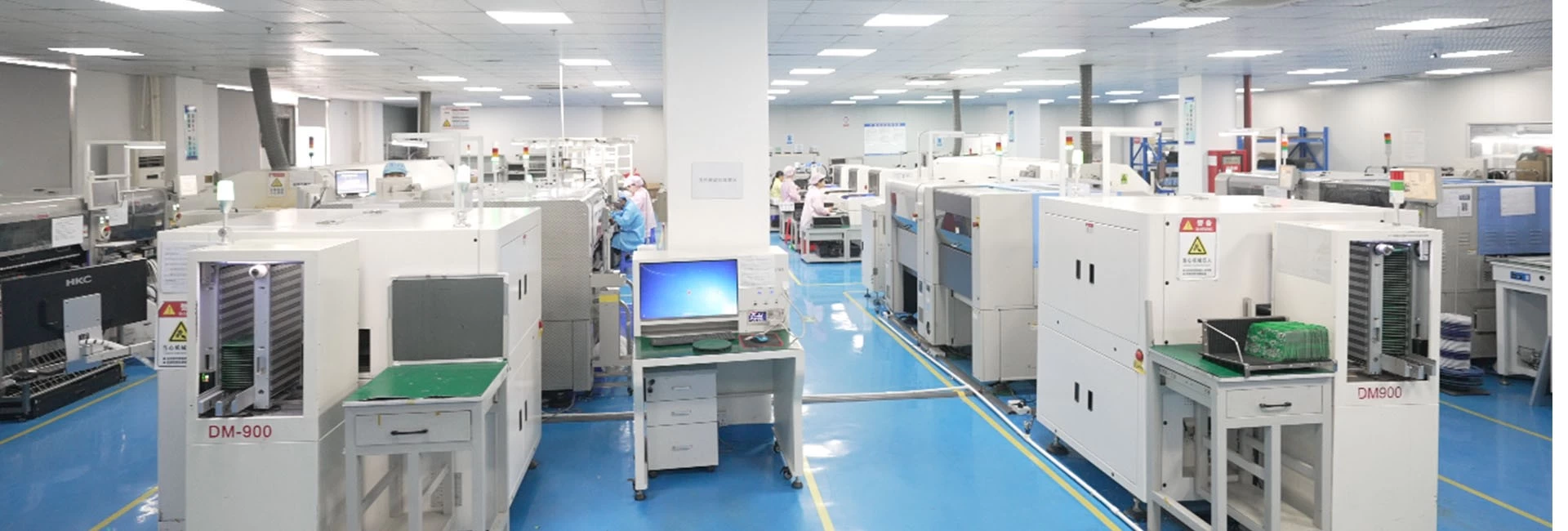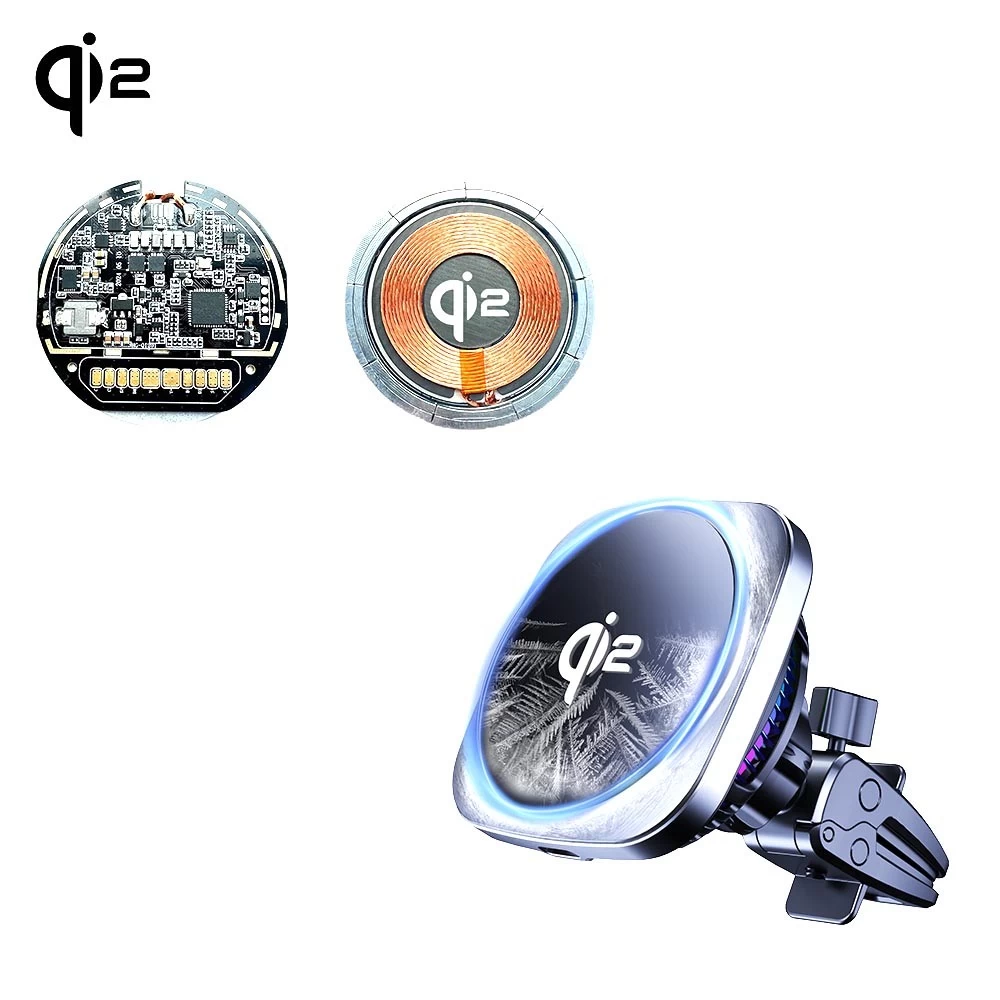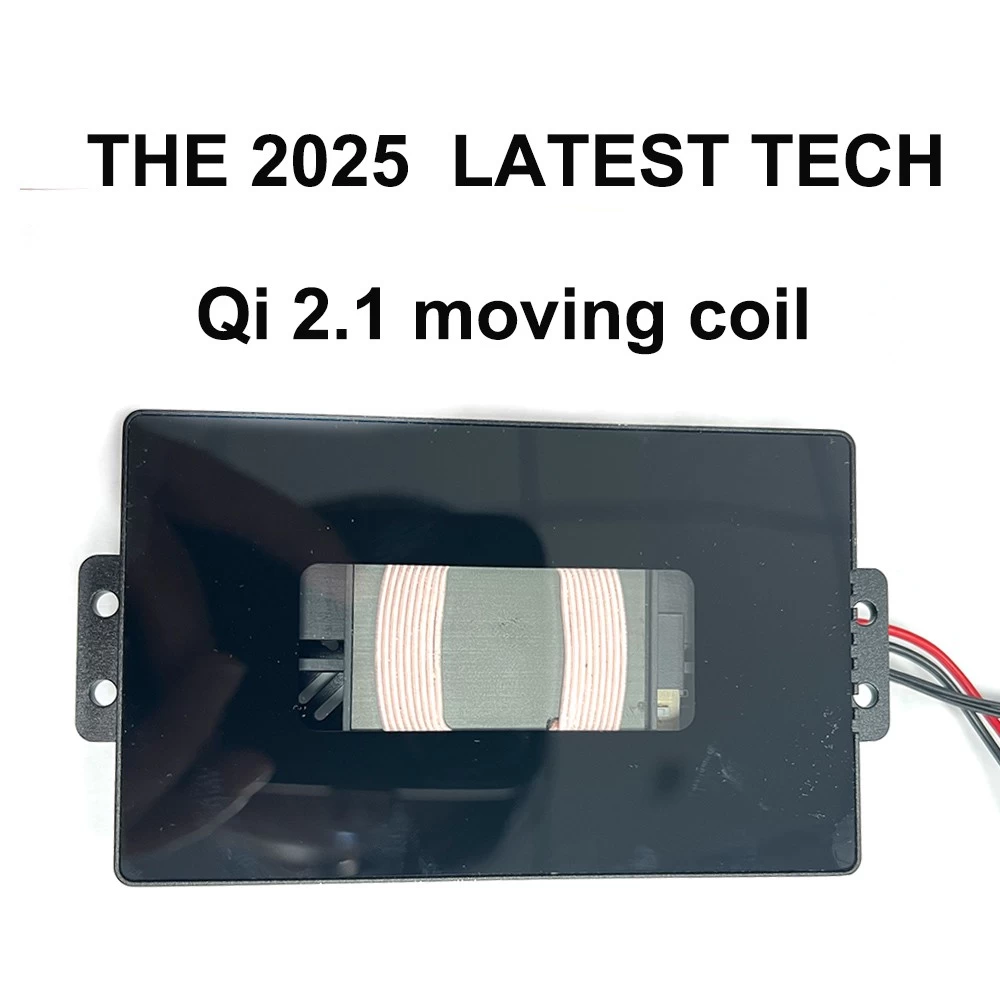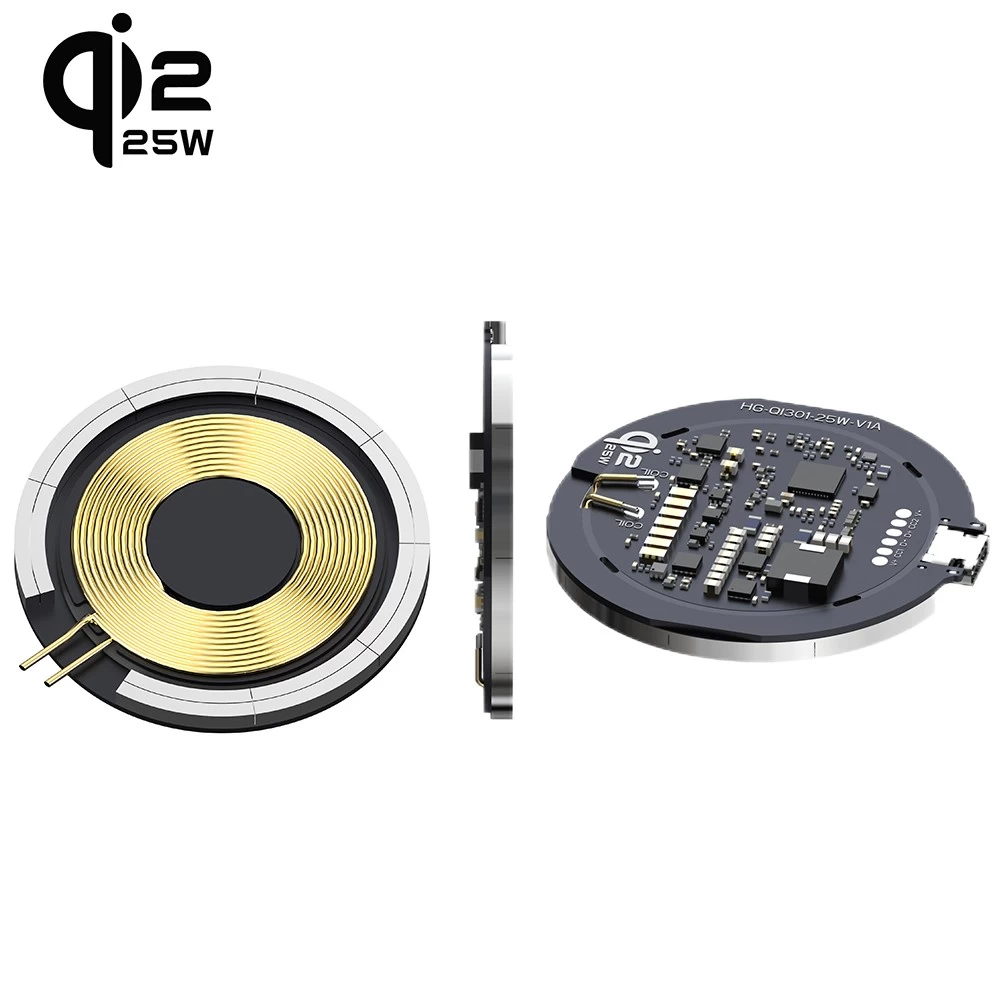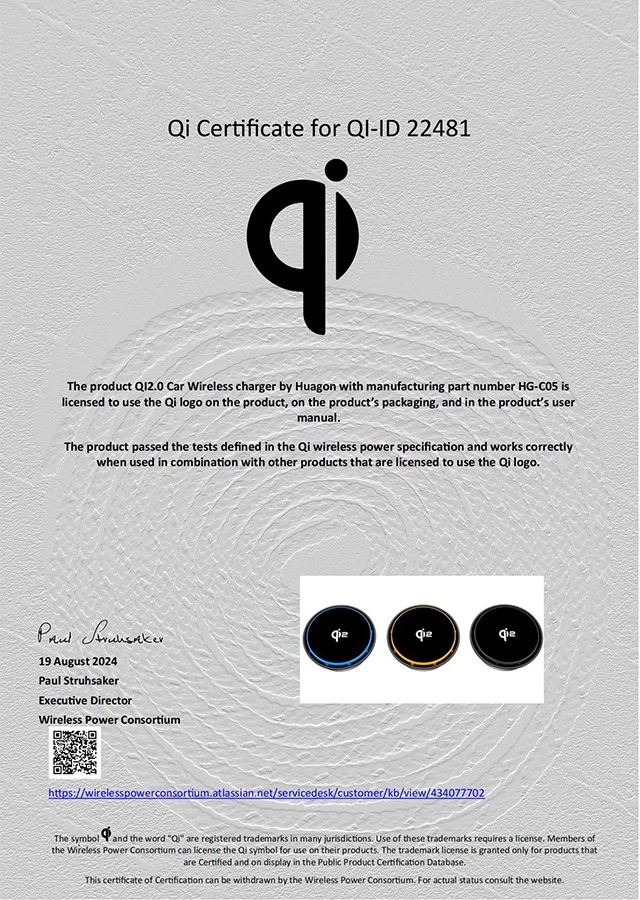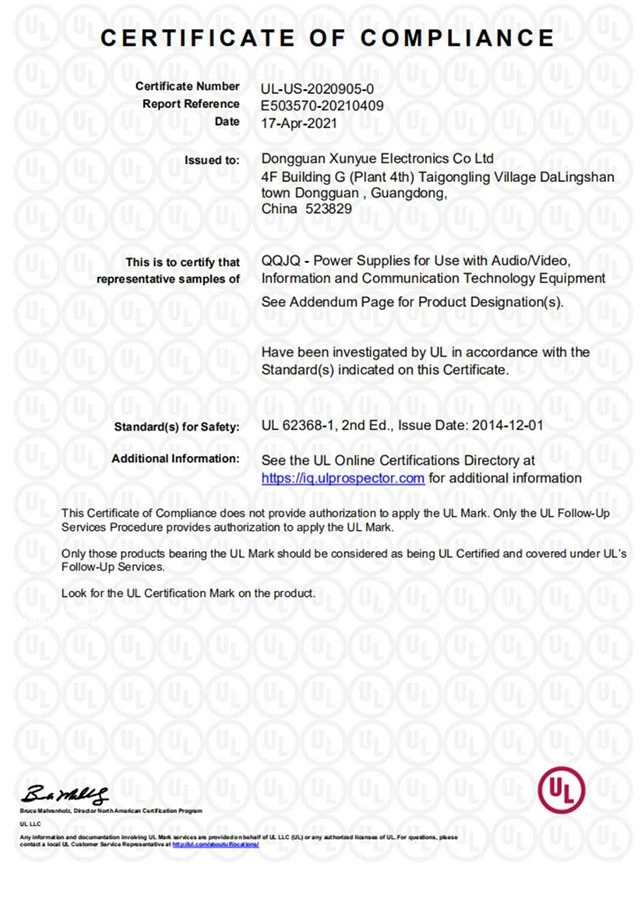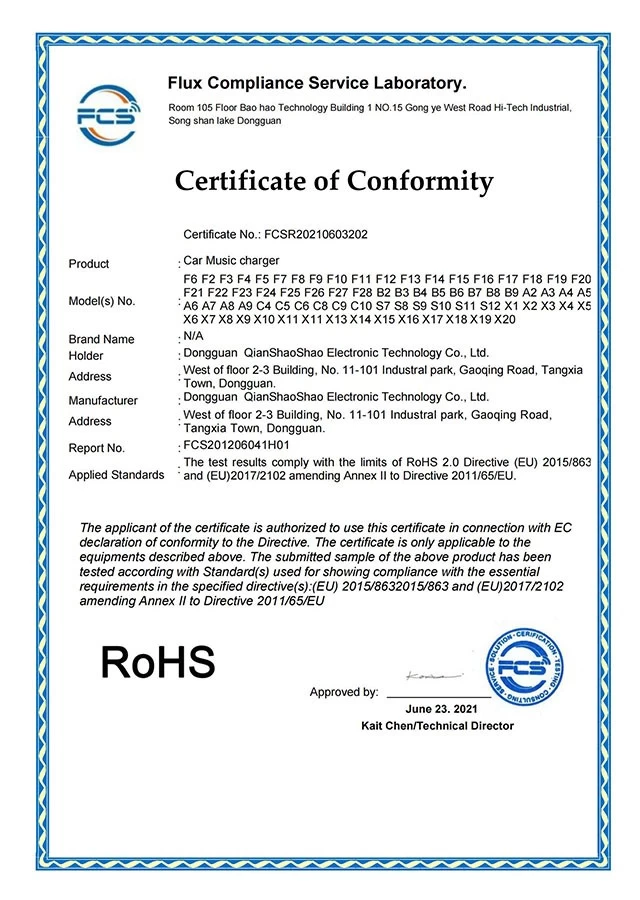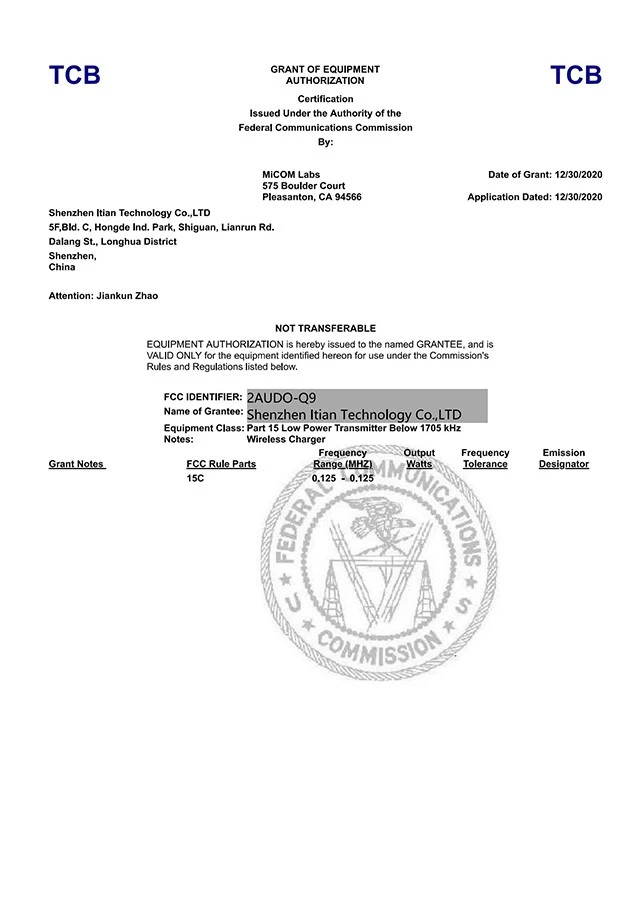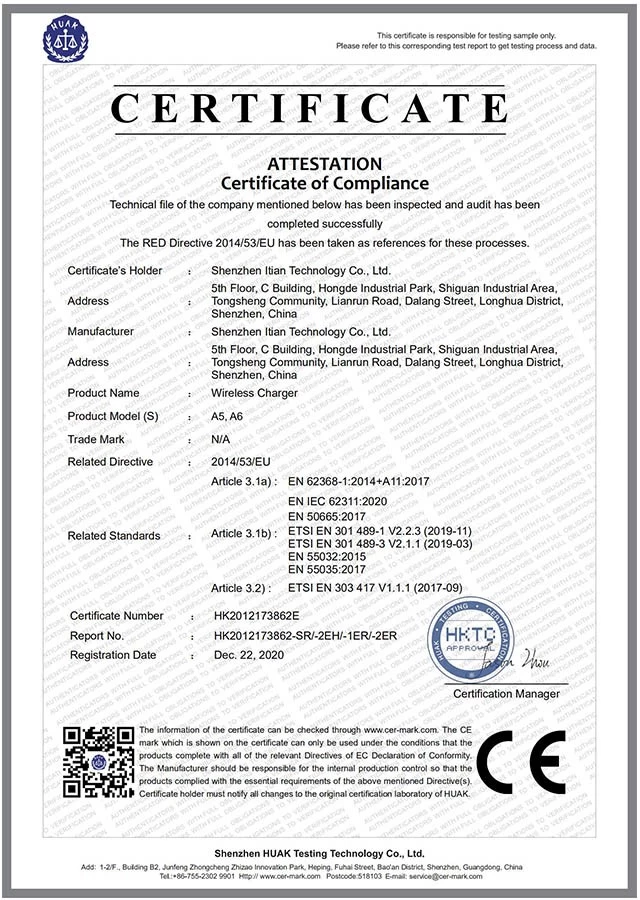In-Depth Analysis of the Qi2 Car Wireless Charger Market in 2024: Technology, Sales, and Future Trends
In-Depth conclusion of the Qi2 Car Wireless Charger Market in 2024: Technology, Sales, and Future Trends
1. Introduction
With the rapid evolution of wireless charging technology, the Qi2 standard has quickly become the new benchmark in the car charger market since its launch in 2023. Compared to Qi1, Qi2 offers significant improvements in charging efficiency, magnetic alignment (MPP), and temperature management, particularly for iPhone 15/16 and select high-end Android devices. This article provides a comprehensive analysis of the current Qi2 car wireless charger market, covering technical features, sales data, consumer pain points, supply chain structure, and future trends.
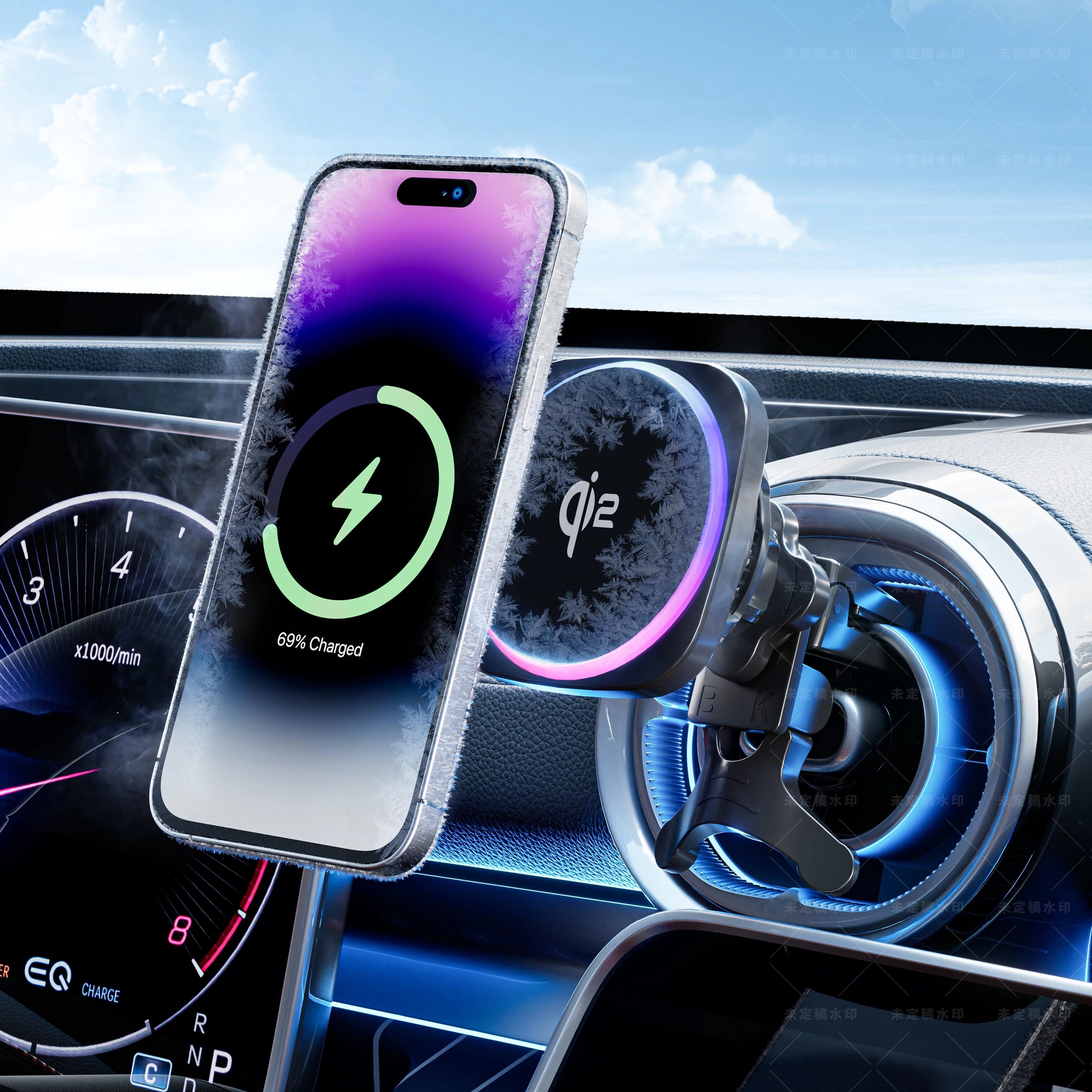
2. Technical Features and Product Evolution
2.1 Key Upgrades of Qi2 vs. Qi1
According to the Wireless Power Consortium (WPC) Q1 2024 report, Qi2's major advancements include:
Higher Power Output: Base version supports 15W, while enhanced versions reach 25W (a 66% increase over Qi1).
Magnetic Alignment (MPP): Precise positioning improves charging efficiency by 30% and reduces energy loss.
Thermal Optimization: Dynamic power adjustment algorithms lower surface temperatures by up to 15°C under heavy loads.
Compatibility Adjustments: Prioritizes Apple's MagSafe ecosystem, while some Android devices face limitations due to proprietary fast-charging protocols (e.g., Xiaomi's 120W charging).

2.2 Current Product Technology Breakdown
A sample analysis of 100 mainstream Qi2 car chargers reveals:
Power Distribution:
- 15W (base Qi2): 65% (budget-focused models).
- 20-25W (enhanced): 30% (e.g., Belkin Boost↑Charge 20W).
- 30W+ (non-standard protocols): 5% (e.g., Baseus 30W with proprietary tech).
Cooling Solutions:
- Passive Cooling (metal/graphene): 70% (cost-effective but prone to throttling in heat).
- Active Cooling(fan-assisted): 25% (premium models, priced above $35).
- Semiconductor Cooling(high-end): 5% (e.g., Momax IceCool Pro for sustained high-power output).


3.1 Current Issues (Based on 5,000 User Surveys)
38% complain that of Android power mismatch, quote "Galaxy S23 only charges at 10W, not 25W as advertised."
29% complain that Overheating throttling , quote "Drops to 5W after 10 minutes in summer."
18% complain that Weak magnetic hold, quote "Phone falls off on bumpy roads."
15% complain that Obstructs car controls, quote "Blocks AC vents after installation."

3.2 Future Demand Trends
- Multi-device charging: Simultaneous power for phones, earbuds, and watches (Belkin prototyping).
- Smart car integration: Auto-enabling driving mode when charging (BMW patent pending).
- EMI shielding: Mitigating 5G signal interference (Qualcomm R&D project).
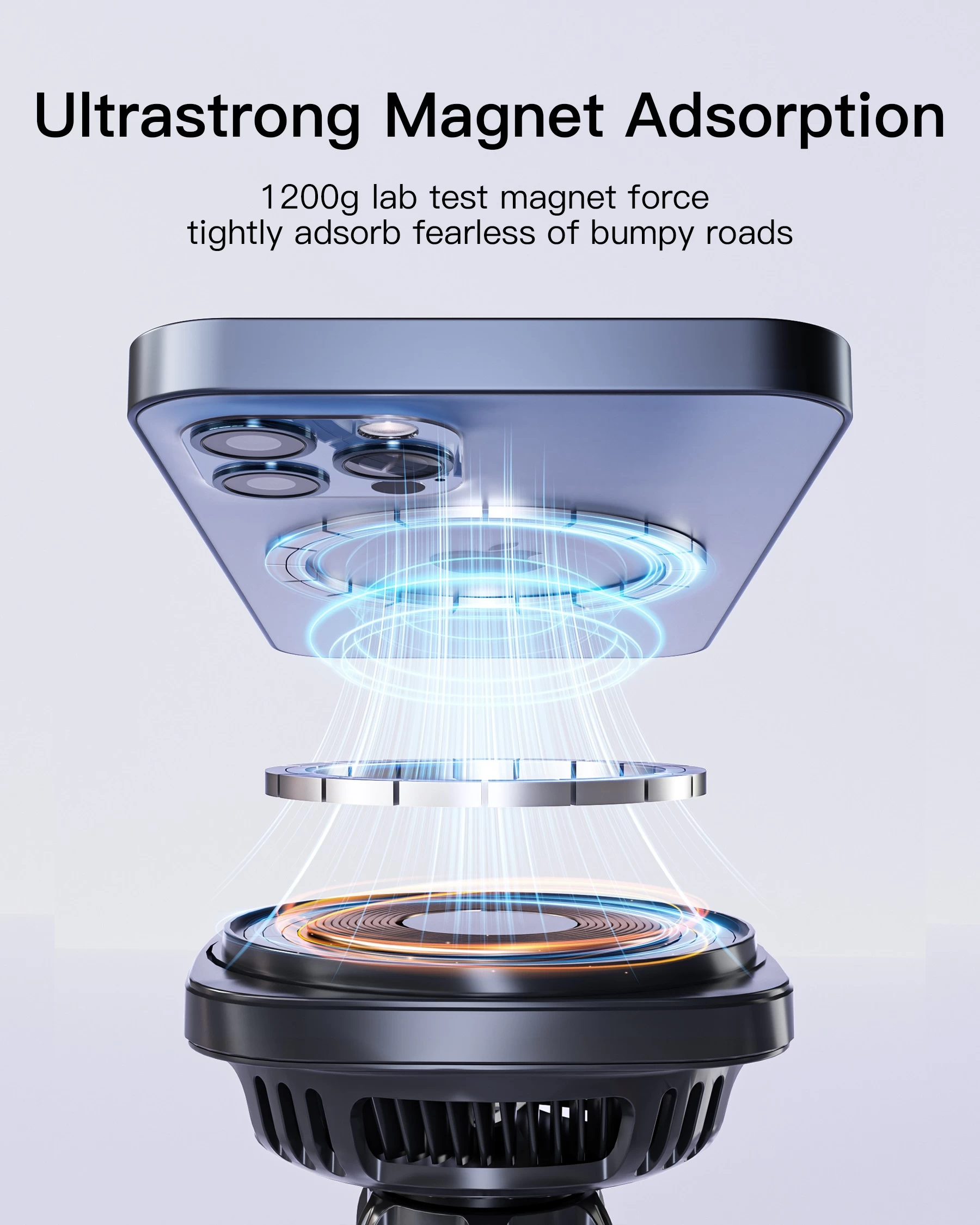
4. Future Trends and Recommendations
4.1 Technology Forecast
- Qi2.5 Standard: Potential 30W+ support in 2025 (WPC roadmap).
- GaN Adoption: Gallium nitride components may shrink charger size by 50% (Anker lab tests).
4.2 Purchasing Guide
- Budget buyers: $20-$30 models (Ugreen/Baseus) for balanced performance.
- Premium users: Belkin/Mophie for automotive-grade reliability.
- Android users: Verify proprietary protocol support (e.g., Xiaomi-specific chargers).
5. Conclusion
The Qi2 car wireless charger market is booming but faces challenges in compatibility, heat dissipation, and price competition. As Qi2.5 standards emerge and carmakers adopt built-in solutions, products with higher power, smarter integration, and multi-device support will lead the next wave of innovation.

